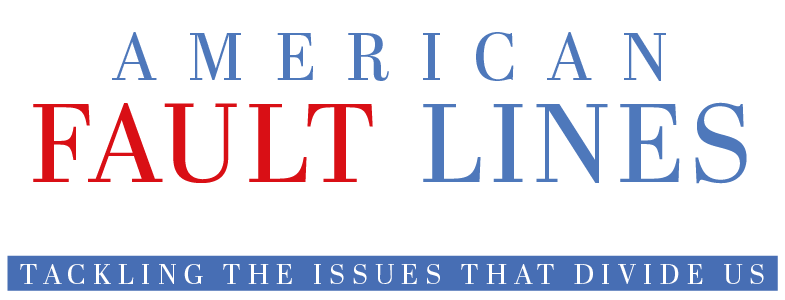Internet.com (Feb. 28, 2001)
On the Internet, 2001 is shaping up to be the year of the intrusive advertisement, and no one could be happier than fans of rich media advertising.
"Brand is going to be key this year and that means more streaming, more real estate and more interactivity," predicts Mark Stephens, director of media services at digital marketing agency Lot21.
This week's unveiling of a new set of ad guidelines by the Internet Advertising Bureau (IAB) underscores the changing online landscape. Huge new advertising turf is being carved out far beyond the largely discredited 392 x 72 banner.
"Skyscrapers" measuring 120 x 600, rectangles as large as 240 x 400, and 250 x 250 pop-ups now mean ads are moving deep into the turf once reserved for content. And more turf means more room for creativity.
"Everybody recognizes that a big component of 2001 and beyond is a move into a more evolved form of advertising," says Maggie Boyer, vice president of media at digital marketer Avenue A. "Previous years were about direct marketing methods. We are going to start to see the advent of the ability to brand online, and that goes hand-in-hand with this expansion of creative opportunities."
"We're going to spend a lot more on larger units," agrees Stephens of Lot21. "You're going to see a lot more pop-ups and within that you'll see usage of streaming from both a flash aspect and superstitials."
It's big and it's headed this way
But the IAB's new guidelines are not the only game in town. Various major sites have been experimenting with their own larger ad spaces, from CNET's 300 x300 rectangle to Internet.com's 360 x 300s, both of which wrap content around highly interactive ads. Ironically, the copy on a recent ad on CNET read: "It's big and it's headed this way."
But some Web advertising gurus are thinking outside even those boxes.
"We're not confined to traditional shapes and sizes," insists Mark Mursky, media director at the New York office of TribalDDB. "There are going to be more units that are irregular, that come at you from different areas. It's not always going to be fixed. It may be more engrained in the content."
The move toward larger advertising real estate is being driven by Web publishers who have watched the cpms on banners plunge even as overall advertising spending has dramatically dropped and new investment has dried up.
"What's happening is the publishers need to find another way to monetize their space. One way is new models -- bigger advertising models," explains Laurent Flores, CEO of advertising research company Ipsos-ASI.
And in the process, old concerns about being too "instrusive" are being set aside.
They'll just have to get used to it
"Everyone always says it's about the user experience, but there's a tradeoff," says LOT21's Stephens. "It's about finding what users are willing to tolerate, but it's also about understanding that one or two emails from users does not merit shutting [the ad] down, versus a few hundred emails, then you'd better listen."
"As clients are demanding that their ads be the most impactful, levels of intrusiveness are becoming more acceptable," adds Mursky of TribalDDB. "At the same time, it's a delicate relationship that we have with our customer and if we start offending them, the negative effects could be huge."
"We're always concerned about how intrusive the ads are," agrees Jason Kuperman, director of interactive strategy at TBWA/Chiat/Day. "But if advertisers are interested in these new ad sizes because they find them closer to what they're used to offline, sites may respond."
Besides, say others, concerns about annoying the consumer are nothing new.
"Since the beginning of promotion that has always been a concern," says Kane Mosteller, president of Boston's BlackSheep Marketing. "The billboards got bigger, now there are bus wraps. As long as you make the message relevant to the audience, people are going to accept it as the price of content."
It's not just about the size
For Flores of Ipsos-ASI, it all comes down to the quality of the ad -- whether a new "skyscraper" or a plain old banner: "It's not surprising people don't pay attention to what we put online, because it's crap," he says. "Everything sucks."
That, many industry experts say, is where rich media comes into play. The idea is not just to make the ad <I>bigger</I>, but to use that space to make it <I>entertaining</I>.
"Advertisers will be real cognizant of the fact that, yeah, this could be more intrusive," says Boyer of Avenue A. "But I would lay money on the fact that an ad unit that contains some audio or video is a lot more engaging than a standard banner."
Flores argues that while the bigger ad models open huge potential for interactivity, it is still up to the ad agencies to maximize their creative potential -- or else.
"If this thing is boring and not interesting the first thing you are going to do is close the window and move on to something else and you will lose the power of these ad models," he warns.
Flores and others also point out that just as the shift from banners to rectangles that dominate the page requires a new creative approach, the parallel shift from direct marketing to branding also demands a new strategy.
"These rich media tools have the chance to help people fully investigate a new offer, but don't fall into the trap of many direct marketing campaigns," he advises. "Tease me and then within this rich media content deploy the techniques for me to learning more about it -- the entry point is very different from offering coupons upfront."
And while the IAB's guidelines for new ad units provide a benchmark, the fact that major players from New York Times Digital to Disney have their own dimensions means the potential for an ongoing advertising Tower of Babel remains real.
"The lynchpin for success is that publishers need to band together to ensure they are all offering similar ad units and all accepting the same formats," insists Avenue A's Boyer. "If they all take divergent paths then you can end up in a position where you're an advertiser who spends $30,000 to create a flash ad for one site and you can't run it anywhere else.
"And that won't be good for anyone."


